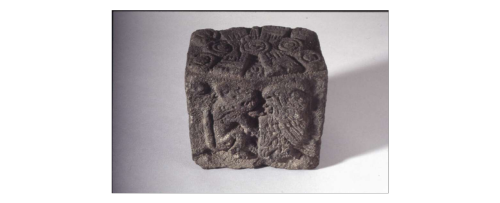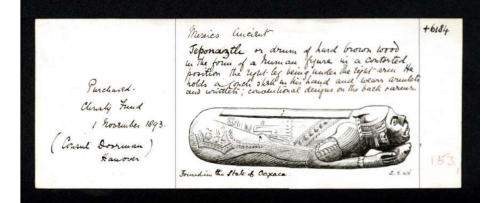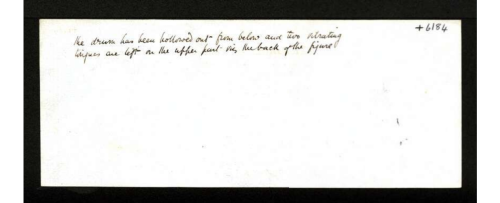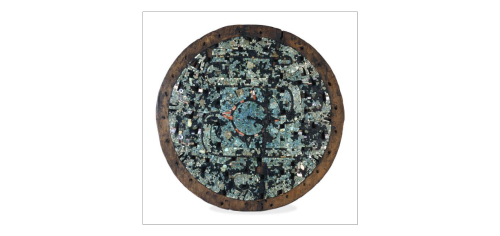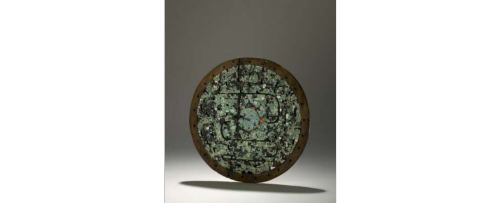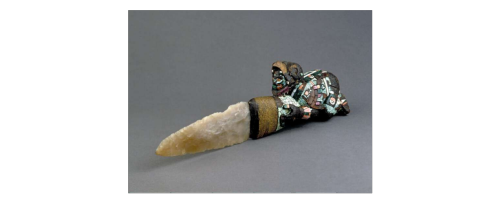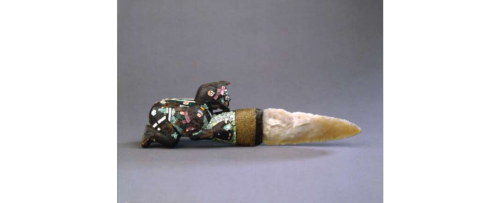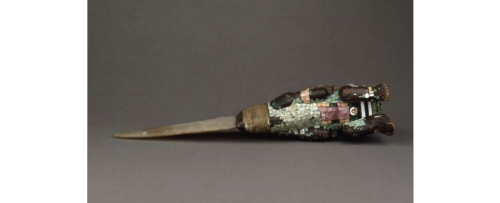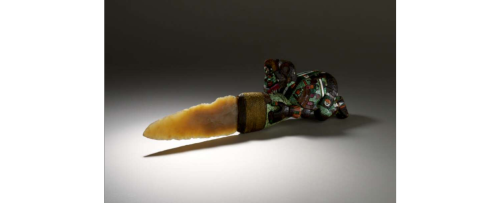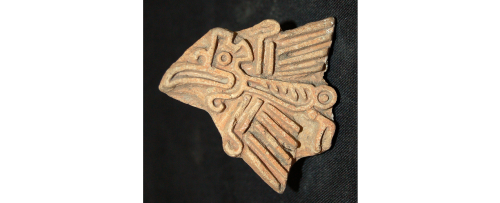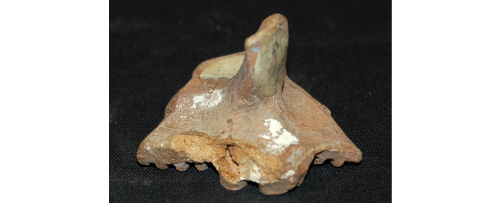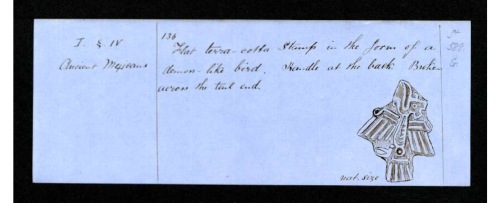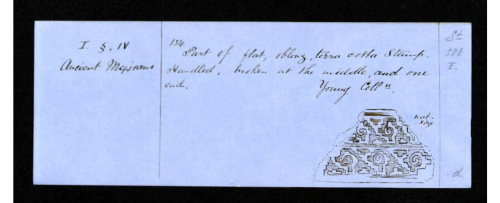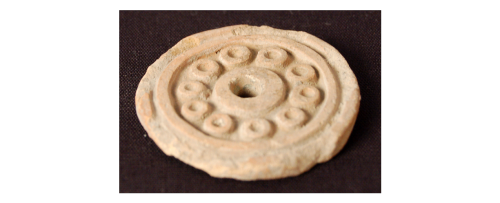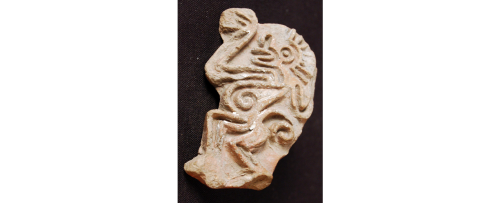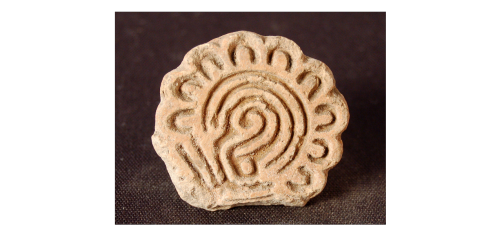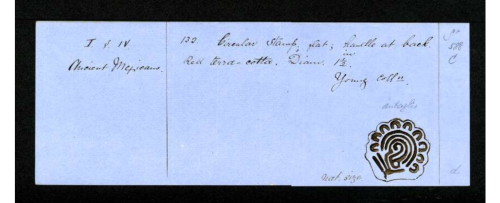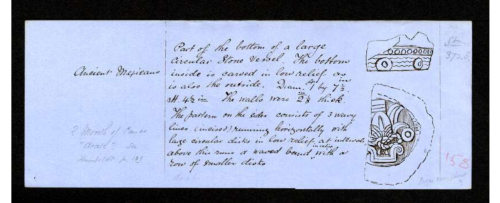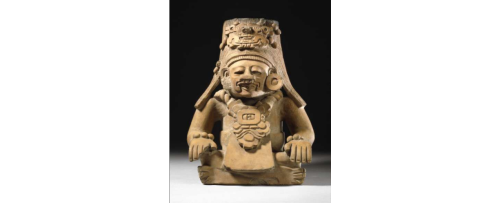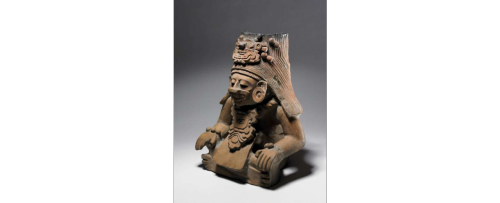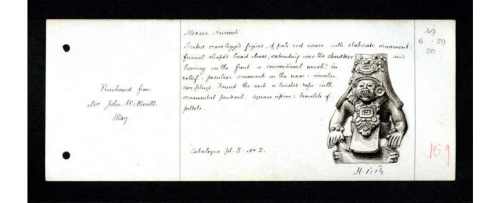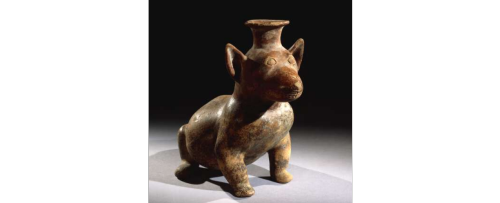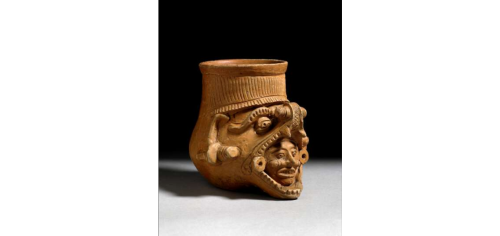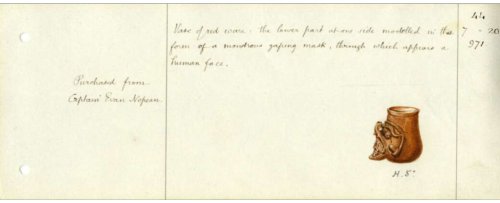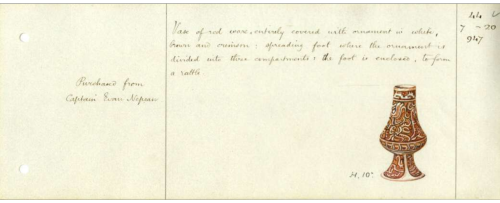#arqueologia
https://www.science.org/doi/10.1126/sciadv.abl9290
An early Maya calendar record from San Bartolo, Guatemala



Abstract
Here, we present evidence for the earliest known calendar notation from the Maya region, found among fragments of painted murals excavated at San Bartolo, Guatemala. On the basis of their sealed contexts in an early architectural phase of the “Las Pinturas” pyramid, we assign these fragments to between 300 and 200 BCE, preceding the other well-known mural chamber of San Bartolo by approximately 150 years. The date record “7 Deer” represents a day in the 260-day divinatory calendar used throughout Mesoamerica and among indigenous Maya communities today. It is presented along with 10 other text fragments that reveal an established writing tradition, multiple scribal hands, and murals combining texts with images from an early ritual complex. The 7 Deer day record represents the earliest securely dated example of the Maya calendar and is important to understanding the development of the 260-day count and associated aspects of Mesoamerican religion and cosmological science.
vase
Cultures/periods: Mixtec (?)
Field Collection by: Weetman Dickinson Pearson, 1st Viscount Cowdray
Findspot: Oaxaca
Provenience unknown, possibly looted
Pottery tripod vase painted with polychrome figures if kneeling warriors on a red ground; restored.
Post link
sculpture
Cultures/periods: Aztec
Production date: 1300-1521 (circa)
Findspot: Mexico
Provenience unknown, possibly looted
Carved square block (with figures of ocelot and eagle (?) on one side, calendar sign on another) made of stone (trachytic).
Post link
slit-drum
Cultures/periods: Mixtec
Production date: 1200 - 1521
Findspot: Oaxaca
Provenience unknown, possibly looted
Slit-drum, teponaztli made of wood, carved in the shape of a crouching human figure.
Post link
slit-drum
Cultures/periods: Aztec
Production date: 1300 -1521
Field Collection by: William Ockelford Oldman
Findspot: Mexico
Provenience unknown, possibly looted
McEwan 1994, p.7:
‘This horizontal drum (known as teponaztli in the Aztec language Nahuatl) is made from a specially chosen wood and embellished with a low relief carving of of the head of a horned owl (tecolotl). As a creature of the night that nests in hidden recesses, the owl was perceived as an emissary from the underworld’
Post link
shield (?); religious/ritual equipment (?); disc (?); regalia; mosaic
Cultures/periods: Aztec or Mixtec
Production date: 1400 - 1521
Findspot: Mexico
Provenience unknown, possibly looted
Shield, or disc, with mosaic design depicting the principal divisions of the Aztec universe. Made from pine (Pinus) wood, with resin adhesive and mosaic of turquoise and three types of shell: conch (Strombus), thorny oyster (Spondylus princeps) and mother-of-pearl (Pinctada mazatlanica). Parts of the design are worked in gilded resin relief. A band of now undecorated wood around the circumference of the shield is pierced by a series of more or less regularly spaced holes, which might have been used to attach feathers to the shield. In addition, there are numerous holes in the body of the shield which from the back appear to be located at random but are in fact positioned and shaped very precisely to coincide with particular elements in the mosaic design.
The mosaic design on the shield portrays the principal divisions in the Aztec universe. The overall circular shape corresponds to the surface of the earth. At its centre is a circle of mosaic with four rays still partially outlined by red Spondylus princeps and conch shell. The four rays emanating from the solar disc divide the earth into four quarters. In each quarter stands a sky bearer with eyes, teeth and ear ornaments formed of mother-of-pearl shell. The hands are represented by incised mother-of-pearl and pitted orange Spondylus shell.
Solar discs feature on the design of many shields and may reflect the association between Tonatiuh, the sun, and turquoise. Tonatiuh, among the most prominent of the sky gods, was central to the cult of war, which sought to obtain captives and hearts for sacrifice to the sun. The sun was often depicted as a warrior with a rayed solar disc, and the significance of solar discs on mosaic shields probably related to the symbolism of warfare in their ceremonial use. The shield also incorporates the image of a great serpent emerging from toothed jaws and coiling skywards. The tail of the serpent is plumed on its lowermost coil and the head bears a large fang of white conch shell. The eye is made from mother-of-pearl shell and the jaw is outlined using reddish-pink Spondylus princeps and conch shell. One side of the serpent’s body is bordered by small studs of pine resin, the same resin that was used to fix the tesserae to the wood. Each of the studs was formed individually on top of the resin layer beneath and then covered by gold foil. Some of the studs retain their original foils, complete with the small falls and puckers in the gold that were inevitably formed when the flat foils were pressed over the domed studs.
The body of the serpent winds sinuously upward through the design. At the top are the flowering branches of a tree, the trunk of which, hidden by a raised square ‘cartouche’, forms a vertical 'world axis’ connecting the underworld and earthly and celestial realms. The ability of snakes to move freely between water, earth and the forest canopy probably accounts for their symbolic role in Mesoamerican mythology as an intermediary between the different layers of the cosmos. At the top of the tree there is an upturned anthropomorphic mask with raised hands implying that the tree can be seen as a metaphor for the king, who derives his authority on earth from divine sources of power and who would himself have carried the shield.
A feature of the shield’s design is the use of surface relief to define the various iconographical features. Careful carving of the underlying wood, in this instance Pinus sp. (pine), established not just the overall shape but also the finer, three-dimensional features of the designs such as the serpent and the sky-bearers, which were raised by about a millimetre to outline their shapes better. The technique is a characteristic of several of the turquoise mosaics and appears to have been similar to that used to define the circular bands of the Brussels shield.
The holes in the body of the shield might have been used to attach feathers to it. Positioned and shaped very precisely, the holes must have been made before the mosaic work commenced, indicating that the final design was planned in detail prior to the tesserae being laid down.
Post link
sacrificial knife; mosaic
Cultures/periods: Aztec or Mixtec
Production date: 1400-1521
Findspot: Mexico
Provenience unknown, possibly looted
Sacrificial knife, in the form of a crouching eagle warrior, with flint blade. Handle made of cedro wood (Cedrela odorata) and covered with mosaic made of turquoise, malachite and three types of shell: white conch (Strombus sp.), thorny oyster (Spondylus princeps) and mother-of-pearl (Pinctada mazatlanica). Pine resin is used as adhesive and decoratively as inlay. The blade hafting is bound with maguey fibre (Agave) and coated with Protium resin.
Post link
printing-stamp
Cultures/periods: Post-Classic Aztec
Findspot: Mexico
Provenience unknown, possibly looted
Bird-shaped printing stamp made of terracotta.
Post link
printing-stamp
Cultures/periods: Aztec
Field Collection by: Glennie
Findspot: Mexico
Provenience unknown, possibly looted
Part of a pottery printing stamp decorated with a cut-out design of red-painted lines on a blue background.
Post link
printing-stamp
Cultures/periods: Aztec
Field Collection by: Charles Bedford Young
Findspot: Mexico
Provenience unknown, possibly looted
Part of an oblong pottery printing stamp, decorated with two bands of finely impressed geometric motifs.
Post link
printing-stamp
Cultures/periods: Aztec
Field Collection by: Charles Bedford Young
Findspot: Mexico
Provenience unknown, possibly looted
Circular pottery printing stamp, decorated with a band of impressed circles.
Post link
printing-stamp
Cultures/periods: Aztec
Field Collection by: Glennie
Findspot: Mexico
Provenience unknown, possibly looted
Pottery printing stamp, decorated with an impressed zoomorphic design resembling a monkey.
Post link
printing-stamp
Cultures/periods: Aztec
Field Collection by: Glennie
Findspot: Mexico
Provenience unknown, possibly looted
Circular printing stamp made of pottery, decorated with a geometric design. Moulded.
Post link
printing-stamp
Cultures/periods: Post-Classic Aztec
Field Collection by: Charles Bedford Young
Findspot: Mexico
Part of a pottery printing stamp, decorated on one side with three rows of geometric patterns and with a broken handle on the opposite one.
Provenience unknown, possibly looted
Post link
printing-stamp
Cultures/periods: Aztec
Field Collection by: Charles Bedford Young
Findspot: Mexico
Provenience unknown, possibly looted
Pottery printing stamp decorated with an incised pattern of lines surrounded by a band of petals.
Post link
vessel
Cultures/periods: Aztec
Findspot: Mexico
Provenience unknown, possibly looted
Part of base of circular vessel, made of stone; with relief carving interior and exterior.
Post link
vessel; figure; funerary urn
Cultures/periods: Zapotec
Production date: 200 BC - AD 800
Findspot: Oaxaca
Provenience unknown, possibly looted
Pottery offering vessel or funerary urn in the form of a human figure, probably an ancestor, seated cross-legged; funnel-shaped headdress extending over the shoulders; nose ornament; circular earplugs; round the neck a twisted rope with ornamental pendant.
McEwan 2009
Funerary urns representing revered ancestors were buried with deceased rulers in tombs surrounding the central plaza of the Zapotec capital, Monte Alban. The seated figures wear masks and headdresses embodying supernatural forces and beings such as the storm or thunder gods. Some are identified by year signs and name glyphs taken from the 260-day ritual calendar that are displayed on the chest ornament. The tombs were visited repeatedly over many generations as the focus for royal ancestor worship. Offerings of burning incense, fresh blood, chocolate and fermented “pulque” were made to entreat the ancestors to intercede favourably in human affairs.
Post link
vase
Cultures/periods: Post-Classic
Production date: 900 - 1521
Findspot: Isla de Sacrificios
Provenience unknown, possibly looted
Post link
vase
Cultures/periods: Colima
Production date: 300 BC - AD 300
Findspot: Colima
Provenience unknown, possibly looted
Hollow pottery figure representing a dog; slipped.
Post link
vase; vessel
Cultures/periods: Post-Classic
Findspot: Isla de Sacrificios
Provenience unknown, possibly looted
McEwan 1994, p.32
‘A human emerging from the jaws of a serpentine dragon is a recurring image in Mesoamerican art. Among their many other connotations, snakes were seen as a metaphor for the umbilical cord connecting new life on the earthly plane with the hidden, spiritual sources of creation. Such images, therefore, evoke ancestral connections and call attention to the threshold dividing the human domain from the invisible but ever-present ancestral spirits.’
Post link
tunjo
Cultures/periods: Muisca
Production date: 600-1600
Findspot: Colombia
Provenience unknown, possibly looted
Vila Llonch 2013
Tunjos, or votive offerings, were placed by Muisca people across their territory, under special landmarks such as rocks and trees, and in caves, rivers and lakes – places believed to be gateways to different worlds. Tunjos usually depict male and female figures, animals, as well as groups and scenes, all providing a window into Muisca life and rituals. Muisca artisans left the figures unpolished, and did not mend mistakes made in the casting process. These were not objects of beauty to be admired, but their imagery and the metal itself were important in communicating with the supernatural.
Post link
vase; vessel
Cultures/periods: Post-Classic
Production date: 900 - 1521
Findspot: Isla de Sacrificios
Provenience unknown, possibly looted
Vase, vessel (with rattle) made of pottery.
Post link


